Teaching art to kids in a remote Indian village | Part 2
On de-constructing and re-constructing 'Mona Lisa', de-contextualising works of art, and cross cultural influences in the global world. Pallavi Das, from Kolkata, in conversation with Paola Loomis, from San Francisco.
Another eye catching project was on Leonardo da Vinci’s ‘Mona Lisa’. Being one of the most famous artworks in history, I thought my students could easily connect with this work, as they were already somehow familiar with it. My objective here was to introduce the art of the European Renaissance, but then to let the students have a hand-on experience by recreating a famous work in their own visual language. I cut out the face and hand from colored prints of ‘Monalisa’ for each of them, and asked them to recreate the costume and the background.
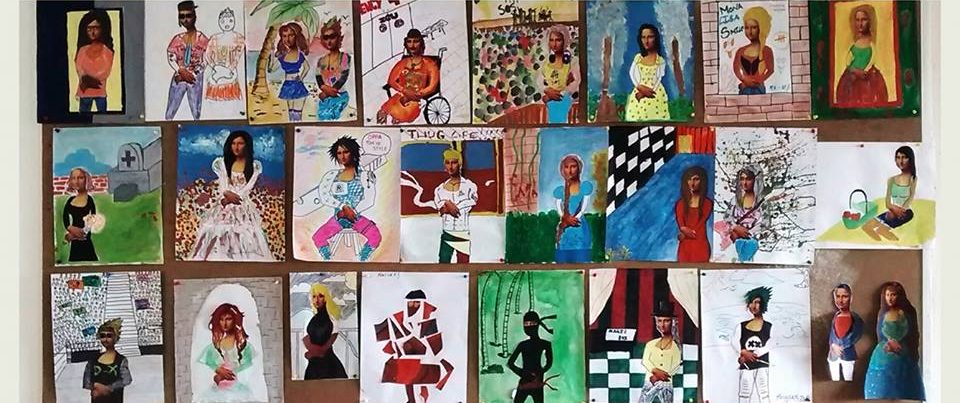
In this project you have new and impressive images, realized by giving new backgrounds to one of the most cliché faces in art. How can we read the new portraits? Do they tell us something about what changes through encountering a different culture? 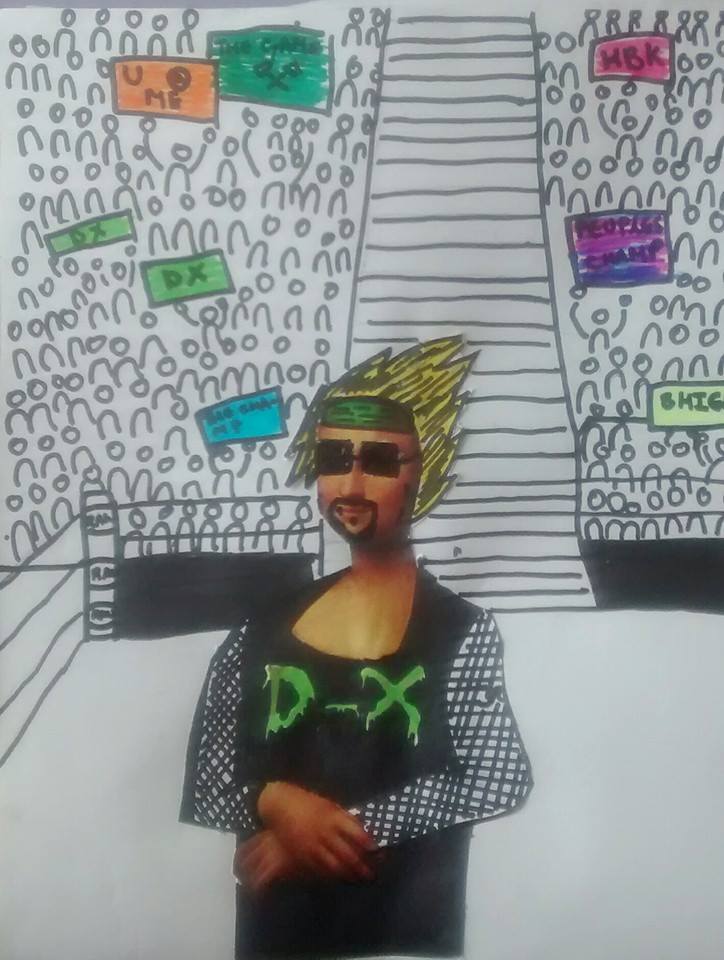 Is “she” the same woman and are “we” the same men and women when moving among different cultures, different times, different spaces?
Is “she” the same woman and are “we” the same men and women when moving among different cultures, different times, different spaces?
Ahh, with these questions you push me towards art theory and theorisation, which is what I was afraid to step in. As an artist, I feel my job is to create an empty sign, a visual object with a void inside that provokes the beholder to fill it with their own associations, thoughts, imagination. Isn't it the case? A successful art has always an open ended aspect that does not allow us to reach the vanishing point of its meaning. I think that this is the mysterious ingredient of true art. I think that theorizing about art appears after the existence of the art object in question as a hypothesis, an interpretation.
So, let me encounter your questions with trembling thoughts about the images produced by the students:
Following Walter Benjamin, I claim that the prints of Monalisa have already lost the demonic aura of the historic painting, and they allow us to recreate and manipulate them more freely. And when, in order to get more freedom, I cut out her face and hands, I decontextualized it from its origin. These fragments of Monalisa have already loosen visual space, time and context all together. 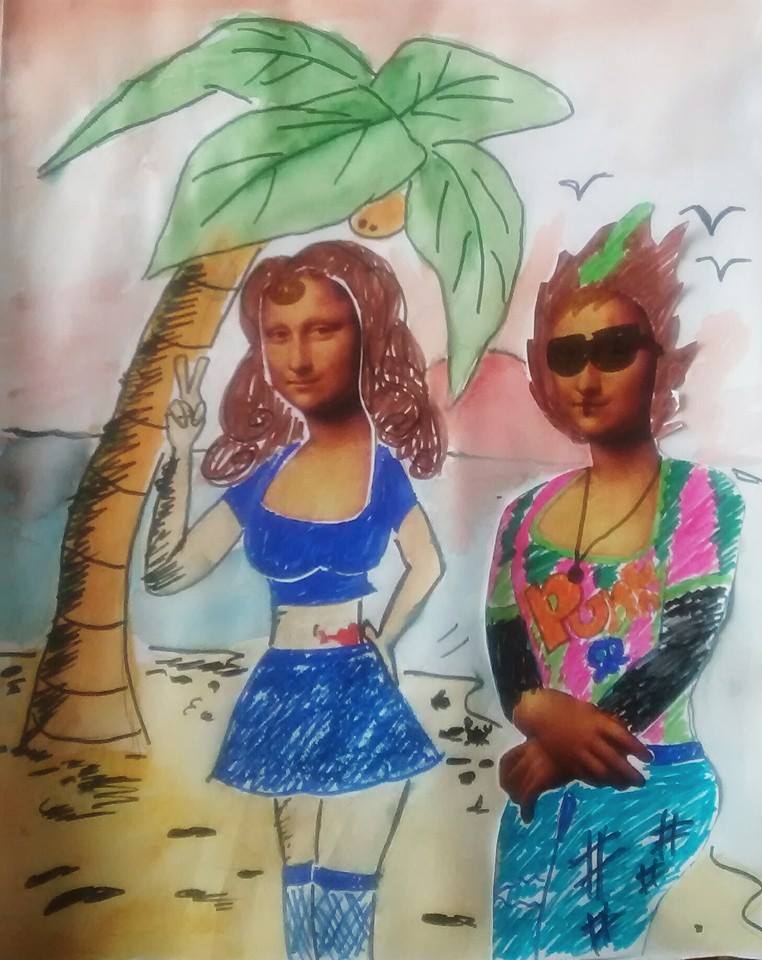 So, through this surgical technique we have begun to subtract all the visual elements that constitute the historical identity of the work. Now her identity appear as free floating, ready to be reconstructed and cast for new roles.
So, through this surgical technique we have begun to subtract all the visual elements that constitute the historical identity of the work. Now her identity appear as free floating, ready to be reconstructed and cast for new roles.
We have in fact deconstructed the Monalisa. No, she is no more the same Monalisa, as she was methodically erased from her surroundings which were replaced by cultural and visual vocabularies belonging to the students. As you can see here, Monalisa has been reimagined with popular East Asian imagery, as well as with the students’ associations with comics, cartoons and contemporary pop culture, like the one who reconstructed Monalisa as the Korean viral video 'Oppa Gangnam Style', after discovering the similitude between the famous dance step and the hand gesture of Monalisa.
One can point out that after erasing the background of the famous Da Vincian perspective, most of the students came up with rather flat and graphical backdrops, I guess because of their associations with calendar art and posters.
The empty space around ‘Mona Lisa’ provided your students with an important opportunity to freely express themselves within that space. These interesting works prove that this is a successful way to introduce art to young people.
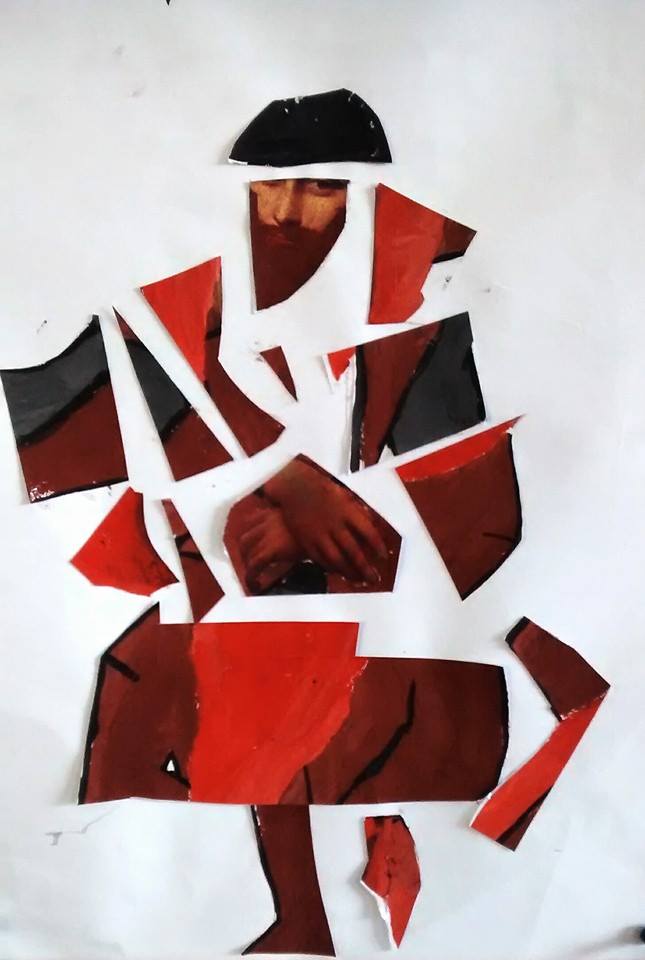 What if we turned this around and presented the same exercise to young students in Italy? With their hyper-familiarity with the image of ‘Mona Lisa' and Leonardo da Vinci, they certainly would not react with the freedom of your students. It is a great issue to explore within the frame of intercultural art...
What if we turned this around and presented the same exercise to young students in Italy? With their hyper-familiarity with the image of ‘Mona Lisa' and Leonardo da Vinci, they certainly would not react with the freedom of your students. It is a great issue to explore within the frame of intercultural art...
These are very interesting points to investigate for a cultural theorist or an art theorist, searching for details to examine their cultural influences, visual interferences and so on. I feel that it is impossible to identify an original culture with strong boundaries. Cultures develop with influences from other cultures. And in this globalized world, it is becoming harder to find original, distinctive cultural traits, especially when we are talking about art. I also feel that it depends on the beholder distance from the art object.
I am curious now about how you perceive these portraits, since you are far from this land. We have seen that various prominent Indian artists have been recognized or criticized from both East and West with weird confusion.
The movie 'Pather Panchali (Song of the Road)', which was the first masterpiece by Satyajit Ray, one of the greatest Indian film directors, dealt with this same dilemma. In the West, it was considered too slow, and ambiguous with its eastern regional anecdotes, whereas in the East it was criticized for being too realistic (too close to ugly mundane life), more akin to the western style.
Even Rabindranath Tagore's paintings faced similar reactions: they were admired in the West for their eastern originality, and criticized in the East because of a strong western influence. Being an artist, I rather enjoy this void that art is capable of to initiate the dialogue on cultural identity, visual meaning and entire new narratives.
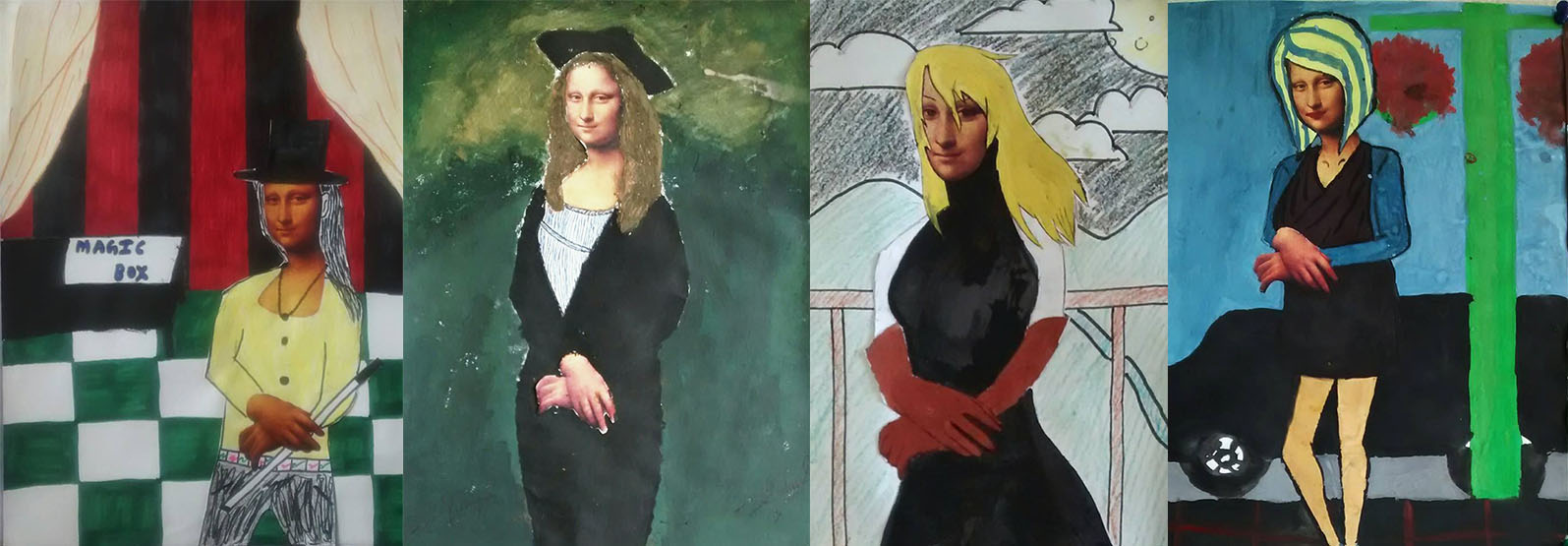
to be continued...Stay tuned for the next and last episode!